Today Marks the 48th Year We've Had Roe Protections. Will It Be the Last?
The U.S. Supreme Court was once a vanguard of reproductive rights protections. Now, it's moving dangerously backwards.


On this day in 1973, the Supreme Court issued its landmark abortion-rights decision, Roe v. Wade. It was the first time anywhere in the world that a court ruled that its constitution recognized a right to abortion, citing liberties guaranteed by the Fourteenth Amendment. In later cases, the Court would make clear that the ability to make this most intimate and personal decision is central to a woman’s dignity and to her equal participation in the social, economic, and political life of the nation.
Landmark rulings are never stand-alone affairs. Roe’s roots were grounded in Supreme Court decisions going back decades that protected a zone of personal decisions around family. In the years that followed, the Court extended its liberty holdings to wrap in LGBTQ+ rights, including the right to marriage equality and intimacy. Most Americans benefit from these rights without even realizing their connection to Roe.
And yet, not all of Roe’s progeny are cause for celebration. In subsequent cases, the Supreme Court allowed states to pile on onerous burdens to abortion care, leaving behind many people, including those who rely on federal health care programs like Medicaid.
Even as Roe stands, the burdens of abortion restrictions fall most heavily on people already facing multiple barriers to health care and other forms of discrimination, including BIPOC people, young people, immigrants, LGBTQ+ people, those in rural areas, and those working to make ends meet. The constitutional courts of other nations have called out the cruelty and discrimination of recognizing rights only for those with means. The Supreme Court of Nepal, for example, ruled more than a decade ago that the government must set up a fund to cover the cost of abortion for poor and rural women, and invest enough resources to meet the demand for abortion services and education.
As Roe stands, the burdens of abortion restrictions fall most heavily on people already facing multiple barriers to health care and other forms of discrimination.
Nevertheless, Roe has been a critical bulwark against the hundreds of state abortion bans and restrictions enacted in the past decade. Four years ago, the Court struck down a Texas law designed to shut down abortion clinics throughout the state. Just last summer, in June Medical Services v. Russo, the Supreme Court threw out a copycat Louisiana abortion restriction. In the close 5–4 ruling, Chief Justice Roberts voted to uphold precedent. And lower courts, again and again, have relied on the precedent of Roe to strike down the relentless restrictions that keep on coming, including bans on when, how, and for what reason a person can decide to end a pregnancy.
But the Supreme Court has changed composition since the June Medical decision, following the death of Justice Ruth Bader Ginsburg and the confirmation of Justice Amy Coney Barrett in her place. This capped a seismic shift in the federal courts during the Trump administration, with incredibly troubling implications for abortion. Justice Barrett’s academic writings, court decisions, and public advocacy reveal a legal view that the U.S. Constitution does not protect an individual’s personal liberty to make decisions about their reproductive health. The two other Trump appointees to the Court, Justice Brett Kavanaugh and Justice Neil Gorsuch, have already voted to uphold restrictions on abortion and contraception.
We now face a new Court—one with six of nine justices having already ruled against abortion rights—potentially altering years of progress.
Stay In The Know
Get exclusive access to fashion and beauty trends, hot-off-the-press celebrity news, and more.
RELATED STORY
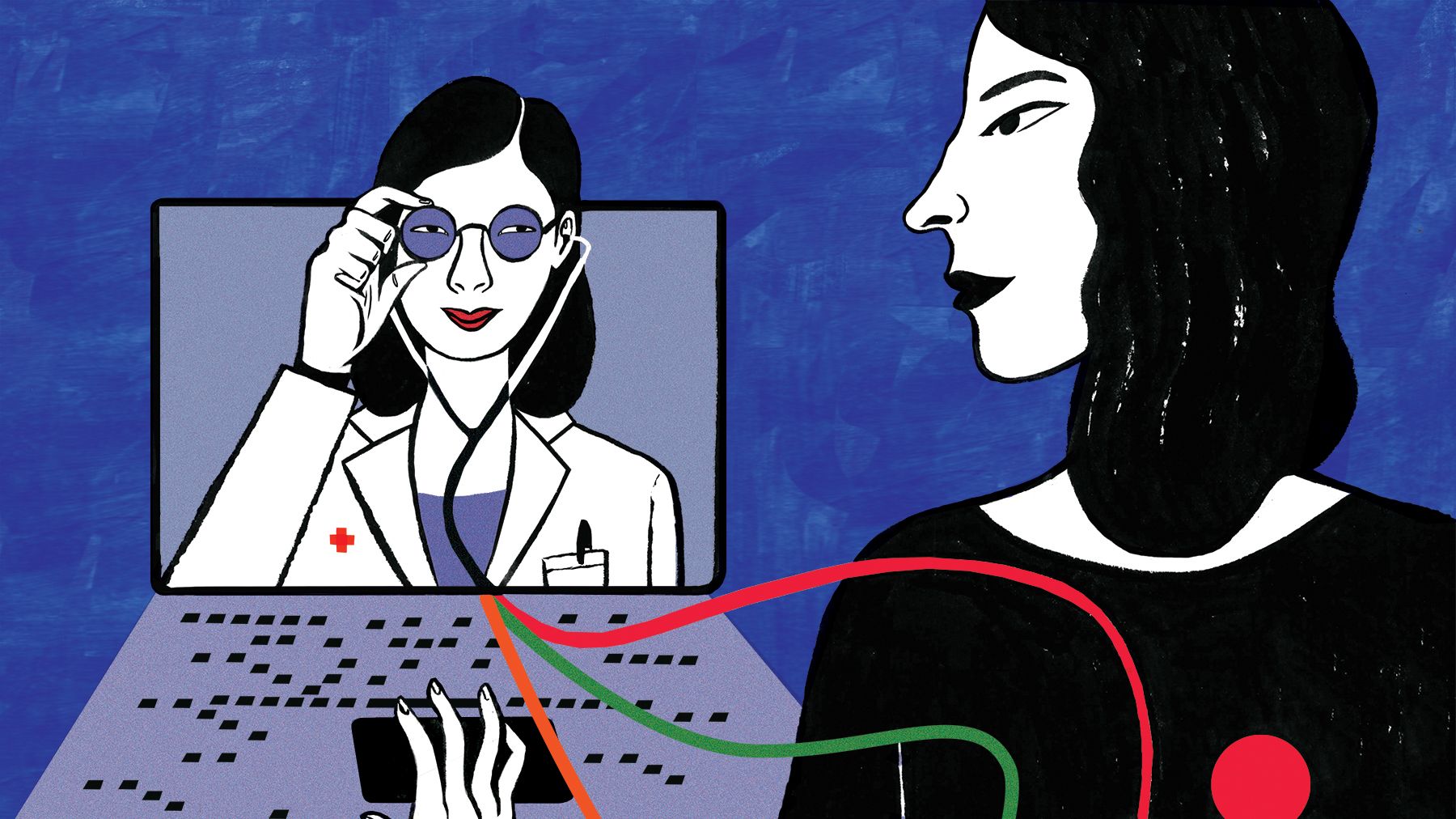
Earlier this month, in the first abortion ruling since Justice Barrett was confirmed, the impact of this new math became obvious. Even while the Court itself hears arguments in its cases remotely from home, due to the COVID-19 pandemic, those six justices with a record of opposing abortion rights reinstated a callous and outdated FDA policy unnecessarily requiring people seeking medication abortion to travel to a health center to pick up the pills in person (rather than receiving them by mail). There are more abortion cases in the Court’s pipeline that could prove to be devastating to abortion access.
The new Supreme Court isn’t the only pending threat. A decade-long effort by anti-abortion state legislators has driven the passage of nearly 500 laws and restrictions intended to ban abortion out of existence. It’s working. More than 90 percent of U.S. counties are now without a single abortion provider; six states are down to their last abortion clinic. Across much of the South and Midwest, access to abortion is a right in theory only. And last year, elected officials in at least 10 states tried to exploit the COVID-19 pandemic to deny access to essential, time-sensitive abortion care.
The Center for Reproductive Rights’ state-by-state online tool, “What if Roe Fell,” puts into stark context what would happen if Roe were to be overturned or weakened: 24 states and three U.S. territories could swiftly move to ban abortion outright. Meaning, in nearly half the nation, abortion care would no longer be available.
Roe is in danger, and frankly, with its lack of protections, it was never enough. But there is a way forward: a federal legislative solution.
There’s no question Congress has a lot of important issues to tackle—the COVID-19 pandemic and the economic crisis, ongoing systemic racism, the future of the Affordable Care Act, and attacks on our democracy. But if we’ve learned anything from nearly half a century of Roe, it’s that equal access to abortion is central to a fair and just society.
That’s why the Center for Reproductive Rights is calling on the 117th Congress to pass bold federal legislation, starting with The Women’s Health Protection Act (WHPA), which would ensure that abortion care is free from medically unnecessary burdens and bans that impede access and shut down clinics. WHPA will protect access to abortion across the nation for everyone. We also need to pass the EACH Woman Act and repeal the discriminatory Hyde amendment, ensuring that a person’s economic circumstance will never be a barrier to abortion access.
Together, these actions will transform abortion rights and access. They will bring us closer to a world where every person can make their own decisions about their own pregnancy, free from political interference and discrimination, so we can move forward—not backwards.
RELATED STORIES
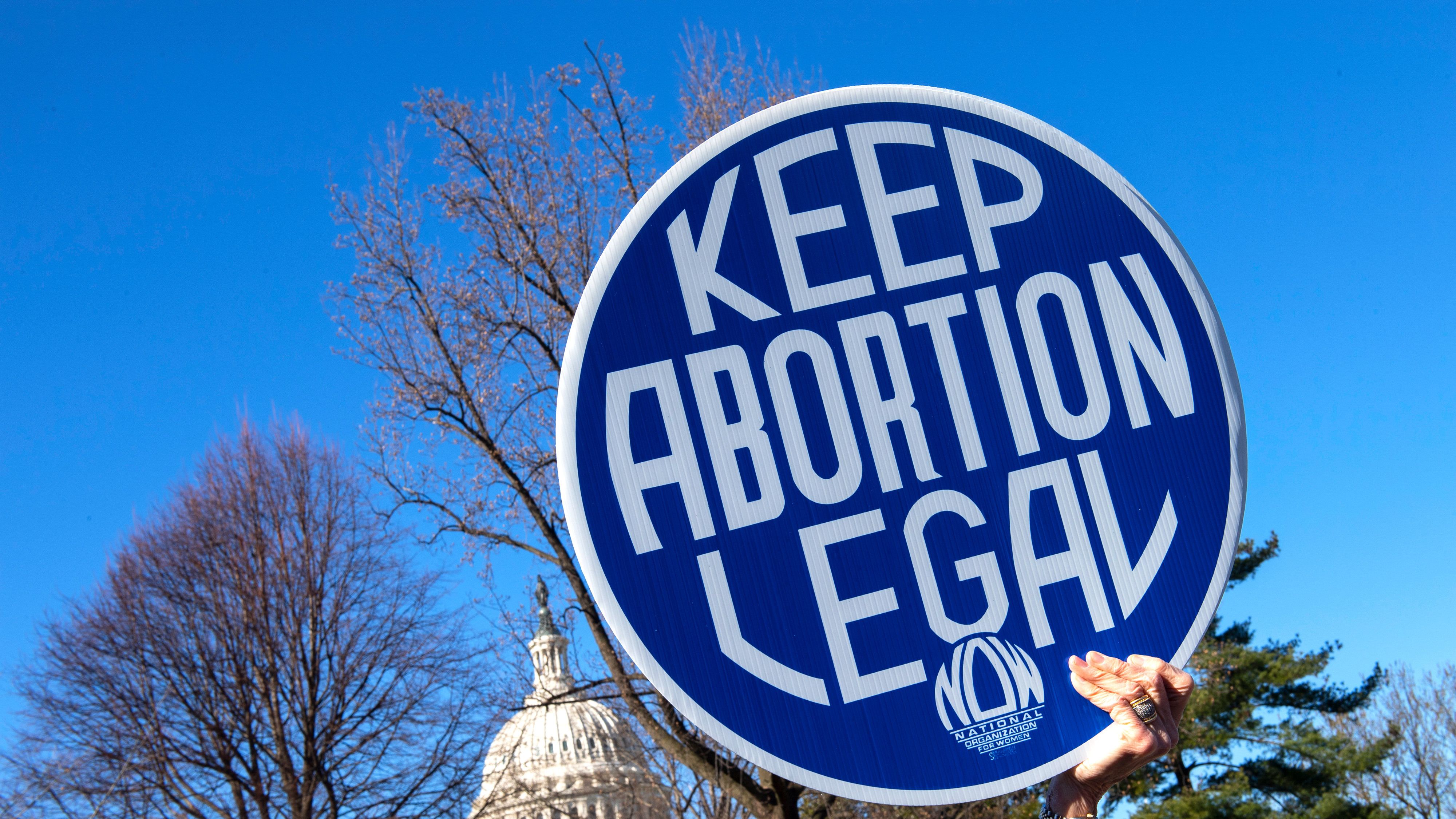

Nancy Northup is the president and CEO of the Center for Reproductive Rights.
-
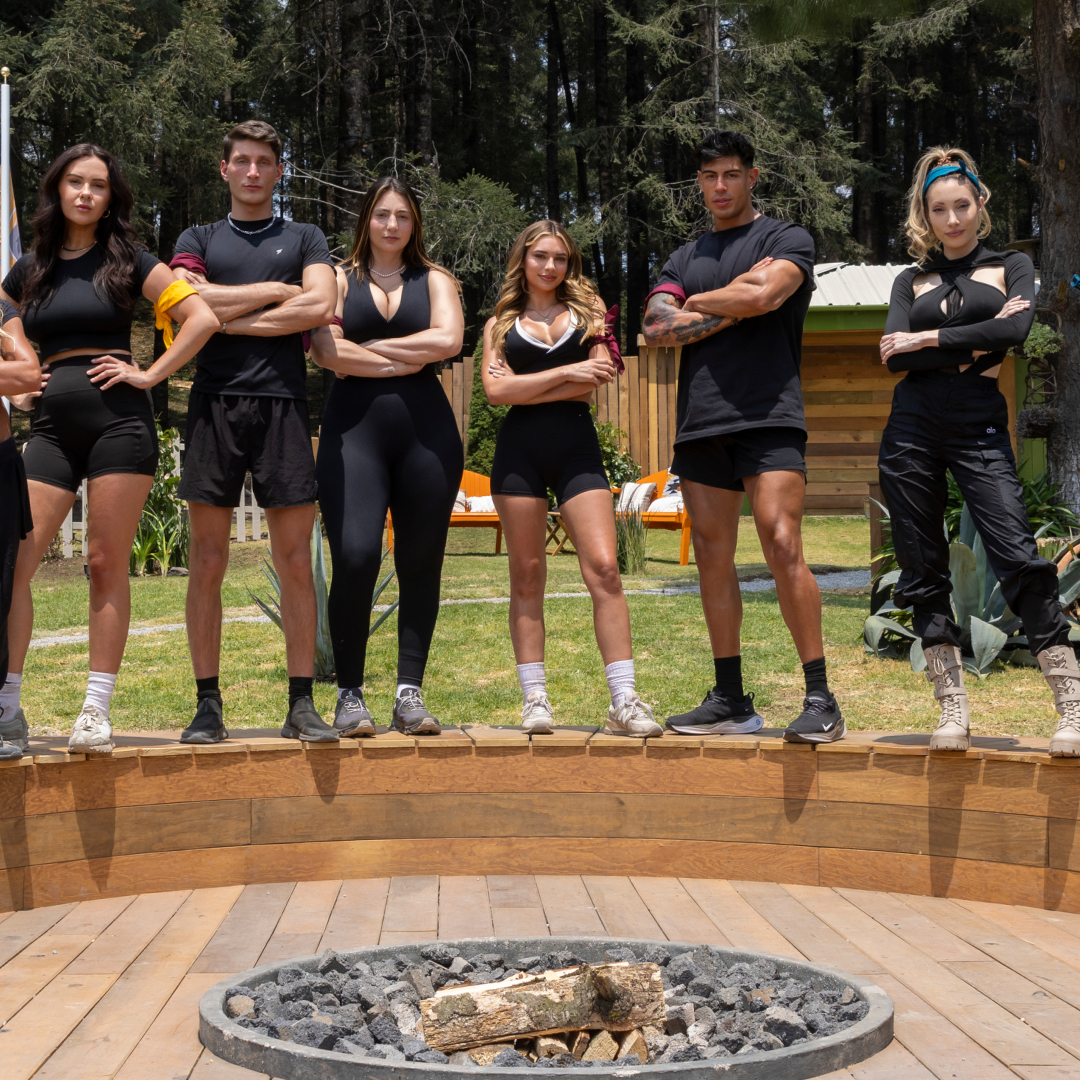 Meet the Cast of 'Battle Camp,' Netflix's New Competition Series Featuring Reality Stars From All Your Favorite Shows
Meet the Cast of 'Battle Camp,' Netflix's New Competition Series Featuring Reality Stars From All Your Favorite ShowsExpect to see stand-outs from 'Love Is Blind,' 'Too Hot to Handle,' and more hits.
By Quinci LeGardye
-
 This Royal Child Has Left Siblings Behind With Staggering 900% Popularity Jump
This Royal Child Has Left Siblings Behind With Staggering 900% Popularity JumpGoogle searches have skyrocketed for this member of the Royal Family.
By Kristin Contino
-
 Combining These Two Spring Nail Trends Was a Stroke of Genius
Combining These Two Spring Nail Trends Was a Stroke of GeniusIt’s giving futuristic fashion girl.
By Samantha Holender
-
 By Going Full "Trad Wife," Republicans Are Saying the Quiet Part Out Loud
By Going Full "Trad Wife," Republicans Are Saying the Quiet Part Out LoudSen. Katie Britt was picked to deliver the State of the Union rebuttal "as a housewife, not just a senator," one GOP lawmaker said.
By Danielle Campoamor
-
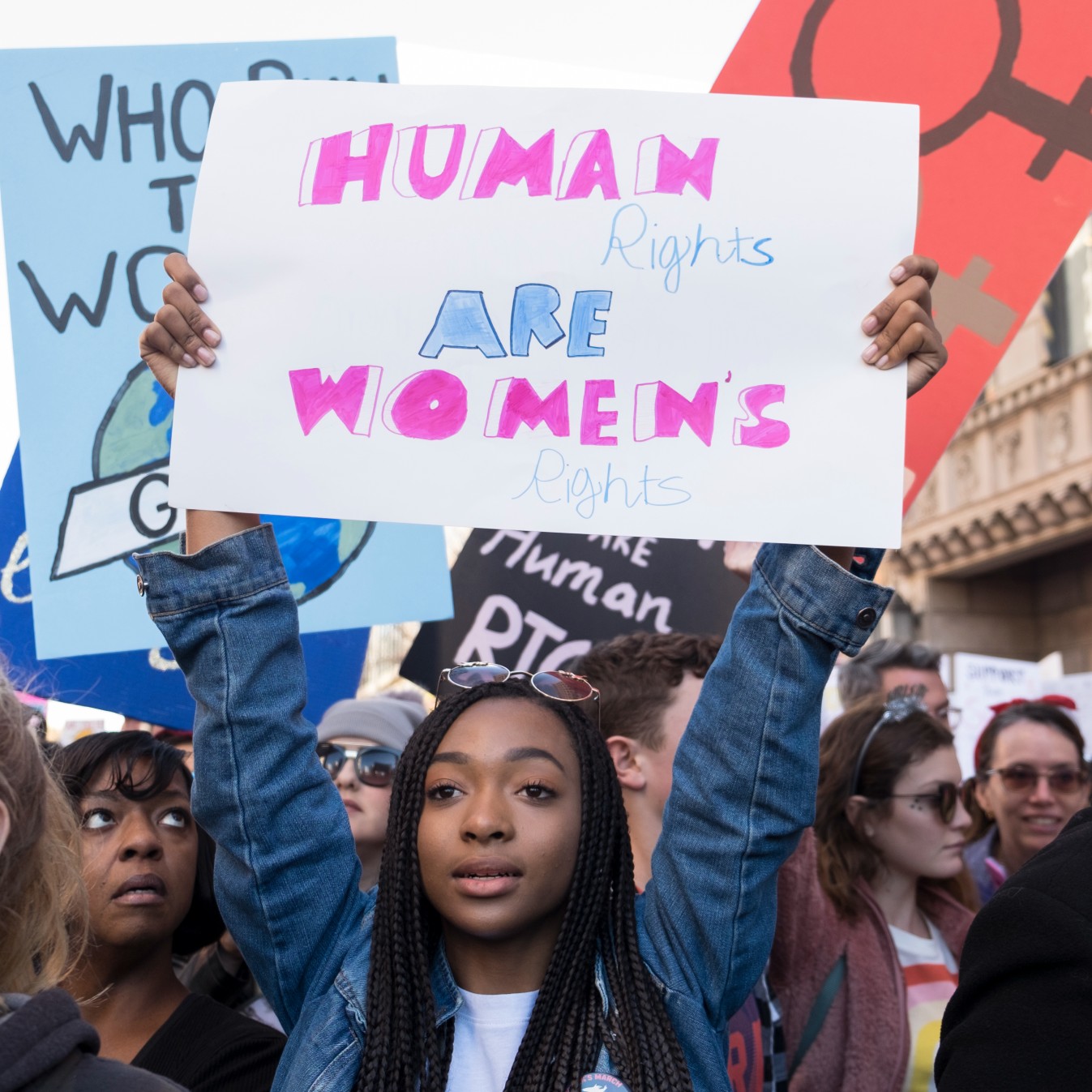 36 Ways Women Still Aren't Equal to Men
36 Ways Women Still Aren't Equal to MenFeatures It's just one of the many ways women still aren't equal to men.
By Brooke Knappenberger
-
 What's at Stake in the 2022 Midterm Elections
What's at Stake in the 2022 Midterm ElectionsWith abortion rights, democracy, and many more critical issues on the ballot, there’s no room for apathy this election cycle.
By Rachel Epstein
-
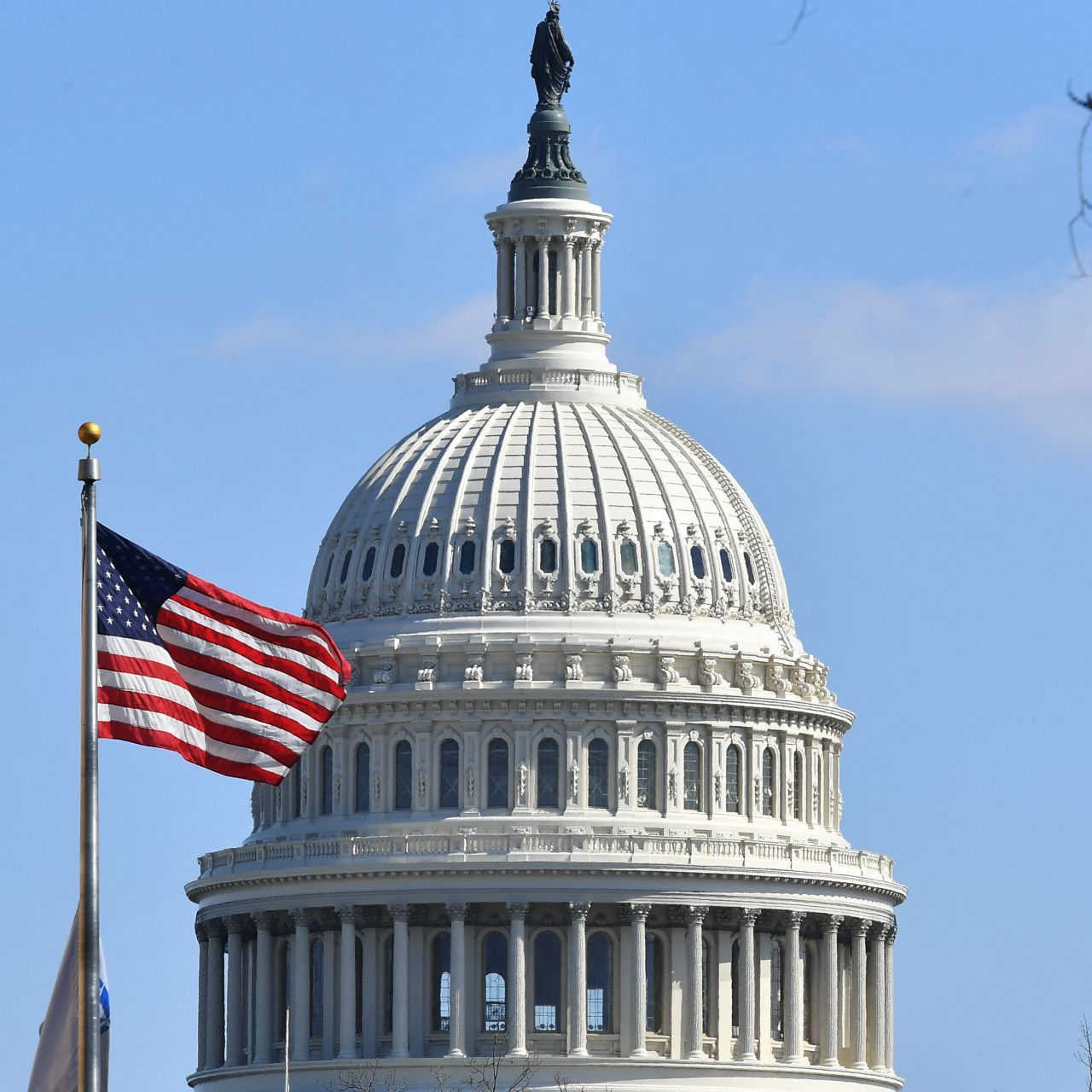 The 2022 Midterm Elections: What to Know Ahead of Election Day
The 2022 Midterm Elections: What to Know Ahead of Election DayConsider this your guide to key races, important dates, and more.
By Rachel Epstein
-
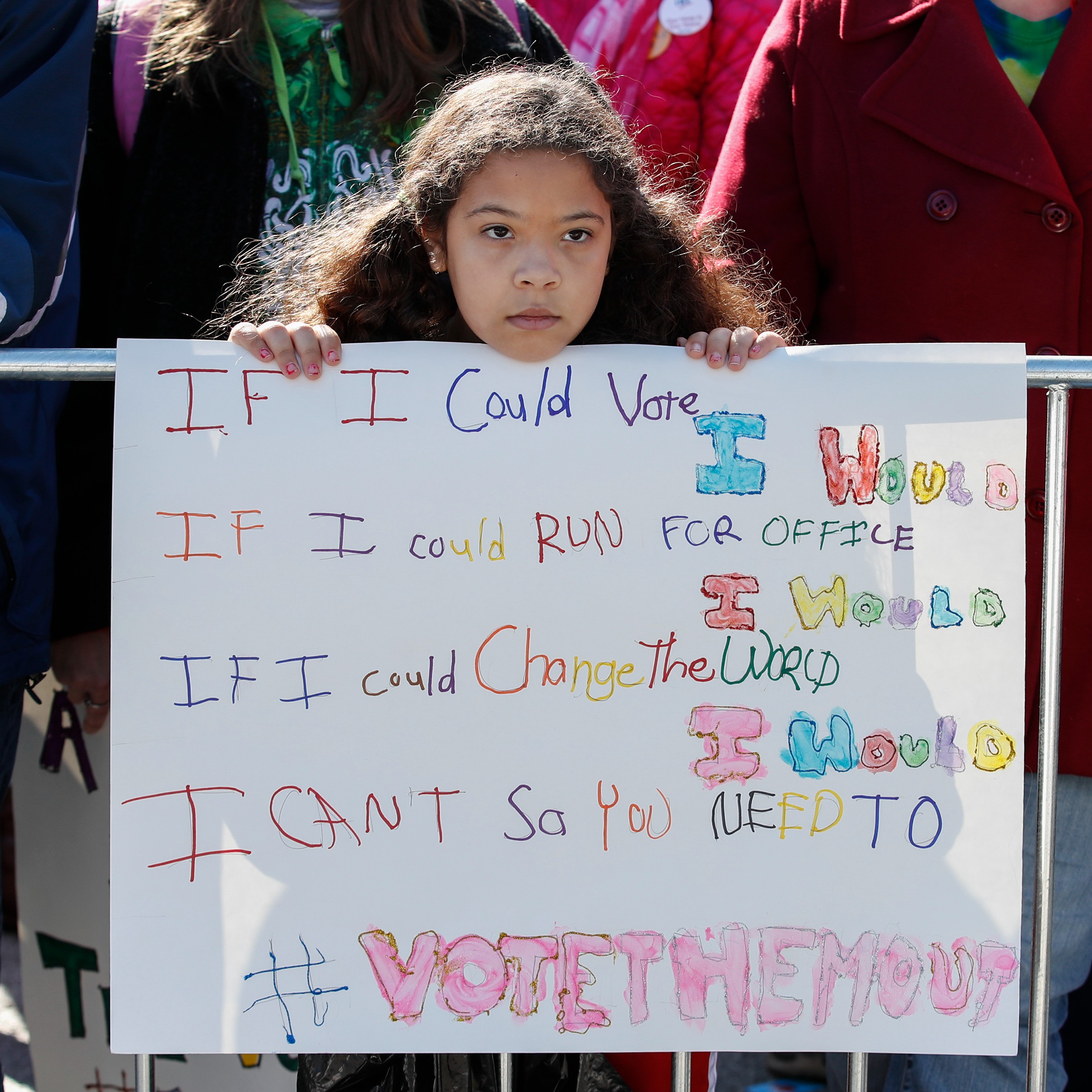 4 Ways Your Rights Are on the Ballot This Election
4 Ways Your Rights Are on the Ballot This ElectionAccording to Vice President Kamala Harris.
By Emily Tisch Sussman
-
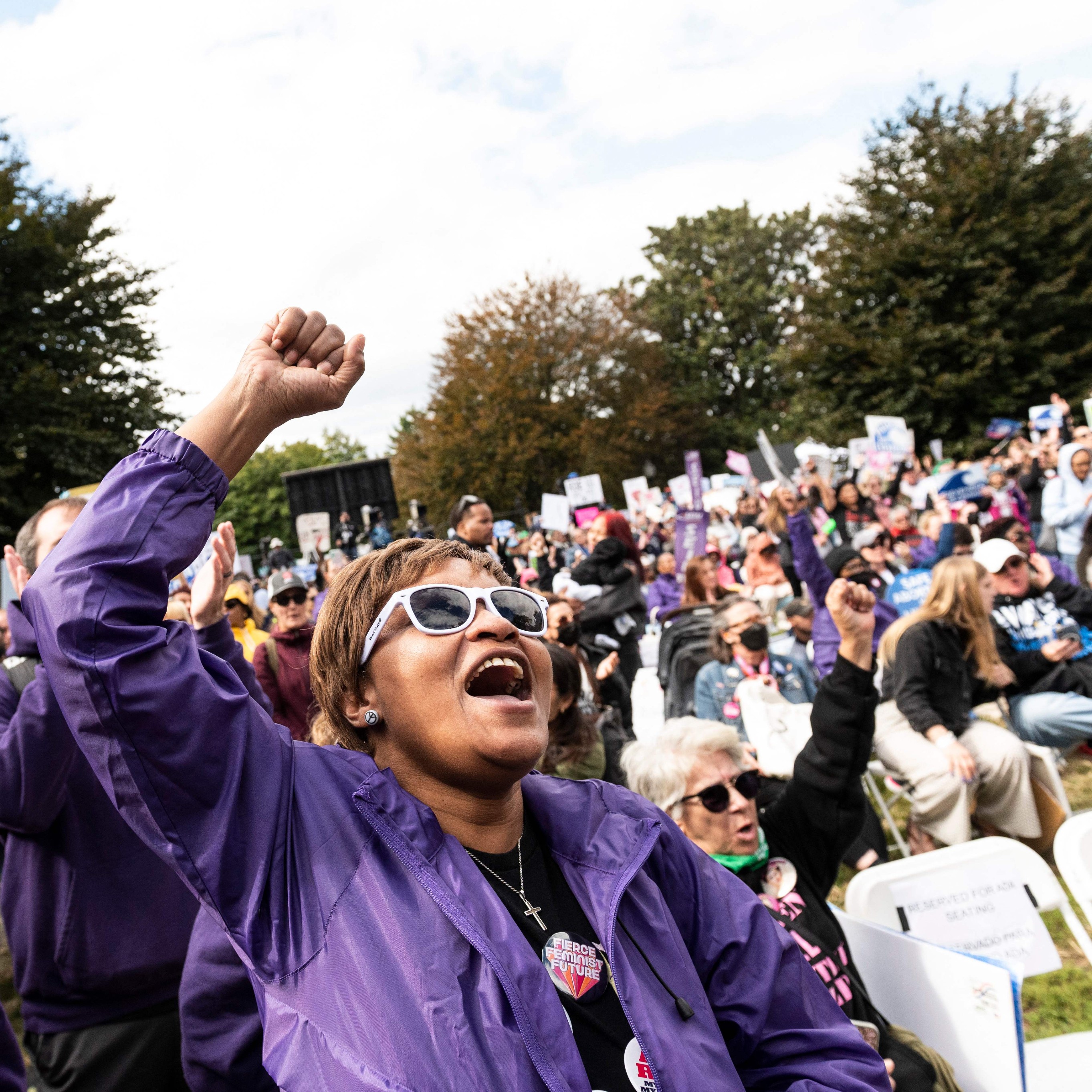 Moms Will Make the Difference in the Midterm Elections
Moms Will Make the Difference in the Midterm ElectionsA plethora of issues impacting women and children will be top of mind for moms as they head to the polls this November.
By Emily Tisch Sussman
-
 How New York's First Female Governor Plans to Fight for Women If Reelected
How New York's First Female Governor Plans to Fight for Women If ReelectedKathy Hochul twice came to power because men resigned amid sexual harassment scandals. Here, how she's leading differently.
By Emily Tisch Sussman
-
 Why the 2022 Midterm Elections Are So Critical
Why the 2022 Midterm Elections Are So CriticalAs we blaze through a highly charged midterm election season, Swing Left Executive Director Yasmin Radjy highlights rising stars who are fighting for women’s rights.
By Tanya Benedicto Klich